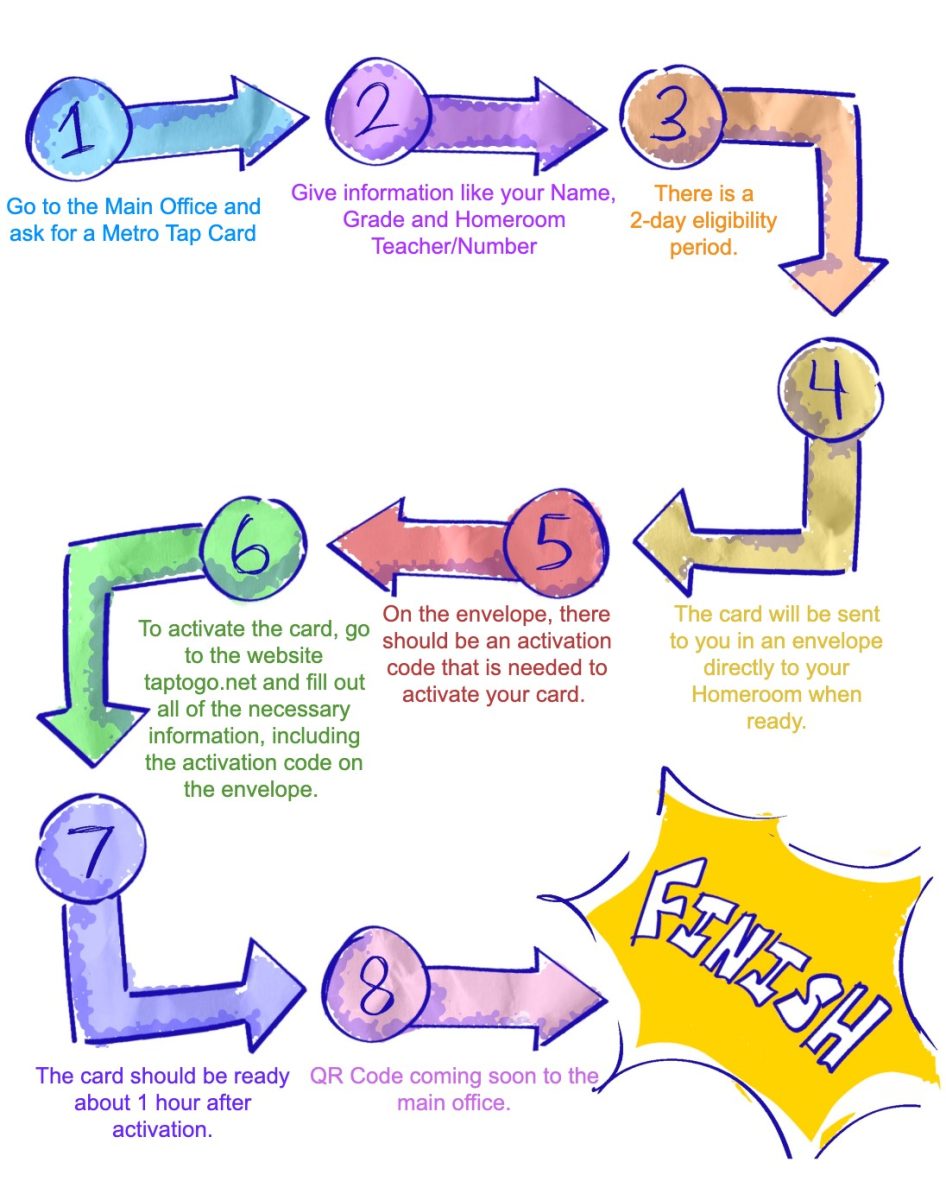Apart: Eddy Ju
We often overlook one critical aspect of our daily routine: lunchtime. It’s a brief break from classes where we recharge, socialize, and refuel for the rest of the day. There is an issue that deserves our attention though: the coexistence of high school and middle school lunch periods. It is time we advocate for separate lunch times for these two distinct age groups to enhance the overall school environment.
Being a high schooler can be filled with greater responsibilities, more advanced coursework, and a need for a focused, mature environment. Yet, when the lunch bell rings, you find yourself sharing lunch spaces with middle schoolers. Middle schoolers have completely different priorities which can conflict with the high school environment and this merging of age groups disrupts the school atmosphere.
“Separate lunch times aren’t just about age; they’re about providing high schoolers with the opportunity to use their lunch break for academic and personal growth. It’s a step toward a more focused and productive school environment,” said 11th grader Ollie Cunningham.
High schoolers often need to use lunchtime for studying, group projects, or club meetings. Mixing lunch periods with middle schoolers can disrupt their academic pursuits. Despite the clear signs of unorganized chaos, some can argue that lunch times should remain as they are, with high schoolers and middle schoolers sharing the same lunch times together. For instance, they may argue that having a shared lunch time fosters a sense of community within the school building bridges between age groups that might not otherwise interact.
“Lunchtime should be a chance for high schoolers to recharge and prepare for the challenges of high school, but sharing our lunch spaces with middle schoolers feels like trying to study in the middle of a circus,” said 12th grader Garrett Goldstein. “Imagine having a group project to discuss or needing some quiet study time during lunch and trying to achieve that amidst the chaos of mingling with middle schoolers. It’s time for a change.” said Goldstein.
Although not intended, the intermingling of high and middle schoolers can be a division rather than a sense of community, with younger students feeling overwhelmed. The presence of high school students in the middle school lunch period can inadvertently create a divide rather than fostering a sense of community.
Younger students might feel overwhelmed or overshadowed by the older high schoolers, inhibiting their ability to express themselves freely and build relationships with their peers.
“I think it’s great that high schoolers join us during lunch, but their higher social status can sometimes make it a bit overwhelming,” said 8th grader Zachary Wong. “I want to chat with my friends and have fun, but it’s challenging when it feels like they’re in a different league. It would be nice if we could have our own lunchtime to enjoy together as middle schoolers,” said Wong.
High schoolers and middle schoolers have different social needs and dynamics. Middle schoolers may benefit from closer supervision and guidance, while high schoolers require a more independent and mature atmosphere. Having separate lunchtimes would allow both groups to socialize with peers of their own age, fostering more meaningful connections and friendships.
“I think we’re different from high school students, you know? If we had separate lunches, we could hang out with kids more like us,” said 7th grader Gabriel Wu.
Together: Kayla Penhasi
LACES students have always walked out of their third or fourth-period classes of the day to lunch with a mix of middle and high school students. It has been a part of our school culture for the upper and lowerclassmen to share the same spaces for as long as our current students can remember. Though it has been attempted in the past, the change of a bell schedule would be unfeasible.
Many students and teachers can attest to disruptions by students outside of classrooms being especially common. Teachers lose their train of thought during their lectures and students struggle to focus on their work. The quiet classrooms turn to chaos, caused by a single student passing by. With innumerable distractions just outside classroom doors, it would be almost impossible to get any work done, which highlights why same-time lunches work best.
“Especially because there are so many places to eat near the buildings, during third and fourth period, there would be so much noise which would cause kids to become less concentrated,” said 9th grader Michelle Paz.
Most school clubs take place during lunchtime, as it is the most convenient time for students who have extracurricular activities to attend after school. Without a combined lunchtime, younger and older students who share similar interests would be deprived of the opportunity to join the same clubs.
“I also think it’s [merged lunch times] useful for club meetings and socialization so younger students can get to know older students and also benefit from some of those shared meeting times or times to socialize,” said Biology teacher Elizabeth Ayorinde.
Alongside, a sudden change in the bell schedule would be taxing for all students and staff. The separation of lunch times would confuse the students and teachers and be difficult to get used to. It would also be harder for other staff members to conduct tardy sweeps, as it would be troublesome to differentiate whether or not a student is on their lunch break or is trying to skip class.
“We’ve played with bell schedules in the past years, and it just doesn’t quite work,” said Principal Ms. Kimberly Lesure. “We’ve tried to have two different lunch times, but it’s difficult for activities and it just becomes problematic, we haven’t been able to work it out.”


















